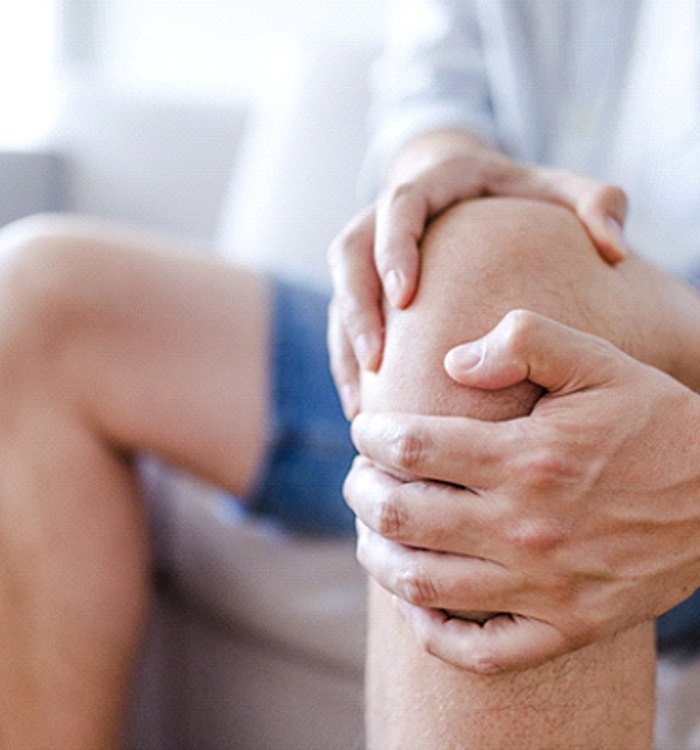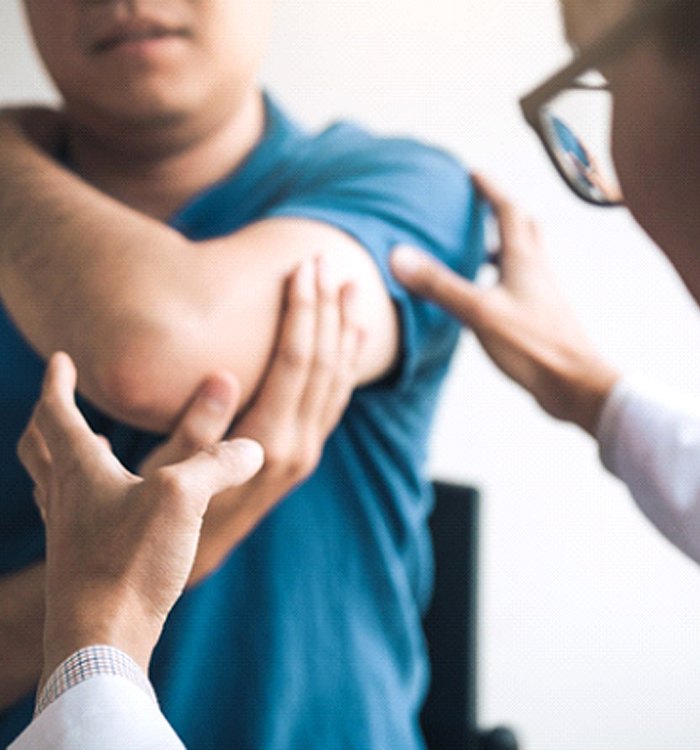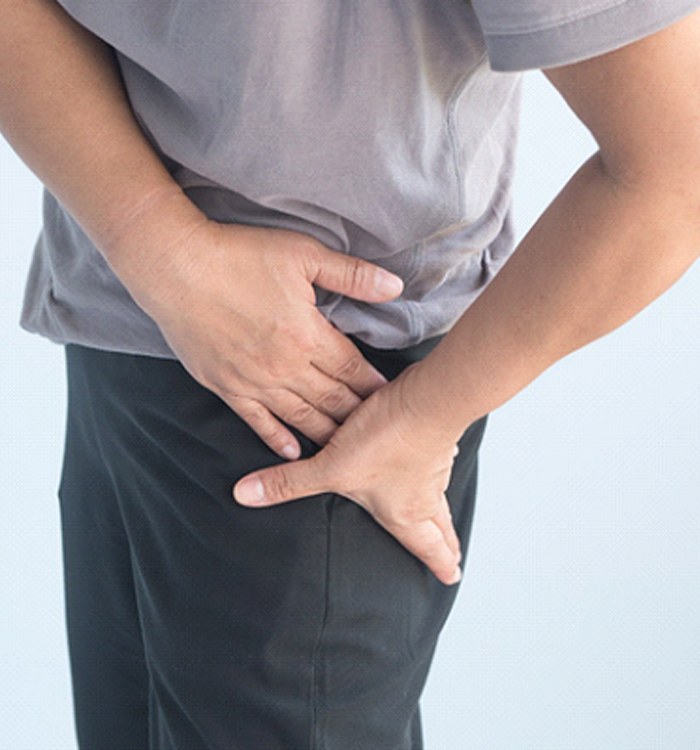
Osteoarthritis—Asheville, NC
Lasting Relief From Chronic Joint Pain
Osteoarthritis is a degenerative condition that causes joints to gradually break down over time, leading to pain, loss of function, and swelling. At Asheville Non-Surgical Orthopedics, Dr. James Pinkston can help patients dealing with OA find relief from their discomfort and start moving again using gentle, non-invasive methods. With them, he can not only improve the health of your joint, but the quality of your everyday life at the same time.
What Causes Osteoarthritis?

Known as the “wear and tear” type of arthritis, osteoarthritis involves the progressive loss of joint cartilage. As a result, the joint does not function properly and begins to develop problems. More bone on bone contact occurs during movement, which can cause spurs, and the surrounding muscles, tendons, and ligaments can become inflamed as well. This deterioration of joint cartilage can stem from many different sources, ranging from injury to overuse to genetics and more.
What Are the Symptoms of Osteoarthritis?

People suffering from osteoarthritis tend to experience:
- Persistent pain in a joint
- Swollen joints
- Stiff joints, particularly after a long stretch of inactivity (such as sleeping or watching TV)
- Reduced range of motion
- Grinding, clicking, or popping noises when moving a joint
Learn More About Osteoarthritis Symptoms
How is Osteoarthritis Treated?

Fortunately, there are many conservative treatment options for osteoarthritis, including physical therapy, medication, and neuromusculoskeletal injections (such as corticosteroid injections or viscosupplementation treatment). For more advanced cases, regenerative medicine techniques such as PRP therapy, prolotherapy, and biologic cell therapy can also be used to improve joint function, eliminate pain, and slow the progression of OA.
The goal of all of these treatments is to create a healthier, more comfortable joint by enabling the adjacent tissues to heal. Our regenerative medicine options can actually focus the body’s natural healing abilities right where they are needed so a patient feels a difference very quickly.
What’s important to point out is that, to date, NO treatment for osteoarthritis has been shown to regrow joint cartilage or stop its progressive loss. The only way to completely get rid of OA is joint replacement surgery, which while providing an ultimate solution, can be extremely expensive and time-consuming. Most patients are able to see great results with the treatments listed above and experience a reduction in symptoms that allows them to live their lives without being constantly reminded that they have OA.
Start Feeling Better Today

If you’re ready to take control of your OA and start moving with freedom again, be sure to schedule a consultation with Dr. Pinkston today. He’ll be happy to answer your questions, discuss your treatment options, and put together a plan that will have you feeling better in no time.
Osteoarthritis Frequently Asked Questions

Want to know more about osteoarthritis and how Dr. Pinkston can help you feel and function like you used to? Below, we’ve included our responses to some of the most common questions we receive on the subject of OA. Look them over, and if there is anything else you’d like to ask us, don’t hesitate to get in touch with our office.
Does getting joint injections for OA hurt?
While many people aren’t exactly fans of needles or injections, receiving a therapeutic injection for OA is a fairly comfortable experience. The site is numbed with a local anesthetic, and using ultrasound, Dr. Pinkston is able to place the injection in the perfect spot while avoiding any overly sensitive areas. The skin around the injection might be a little sensitive for a day or two, but the joint itself should feel much better relatively quickly thanks to the treatment.
Which treatment is best for OA: prolotherapy, PRP, or biologic cell therapy?
Each of these treatments can benefit someone dealing with OA, so choosing the one that best suits a patient depends on a few factors, namely their desired timeline and budget. If a patient wants to recover as quickly as possible, biologic cell therapy is the way to go, but it is notably more expensive than the other two options. On the other hand, prolotherapy takes a little more time, but is more affordable. PRP can be considered as a “middle of the road” option.
Is orthobiologic medicine for OA covered by insurance?
At this time, orthobiologic medicine treatments (like prolotherapy, PRP, and biologic cell therapy) are largely NOT covered by insurance providers. This is mostly because these treatments are relatively new in the medical world, and institutional change is always slow. Our patients can sign up for low-to-no interest financing with Varidi through our website, however, to make paying for these treatments much easier.
What should I expect after receiving biologic cell therapy for OA?
After the injection(s), most patients don’t notice improvements until about three weeks, and for some, they may not manifest until six or eight weeks. The joint itself might also feel a bit sore at first, but this is perfectly normal, and it’s actually a sign that the therapy is working. The patient will be advised to get ample rest and initially avoid anti-inflammatory medication. Following the recovery period, the joint should begin to hurt less, have more strength, and have a better range of motion, and these aspects should notably improve as time goes on.